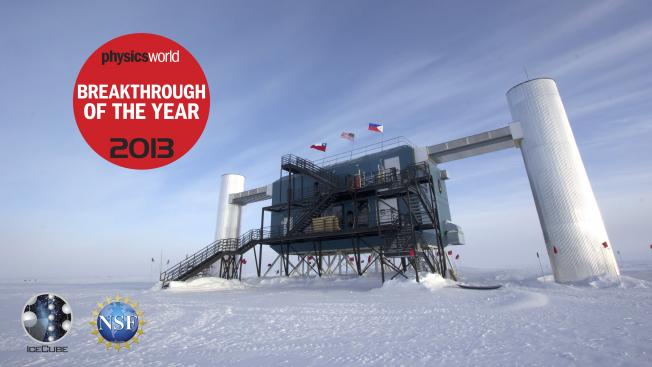Cosmological implications of neutrinos
NUCL PHYS B-PROC SUP 66 (1998) 168-180
Abstract:
Massive neutrinos were the first proposed, and remain the most natural, particle candidate for the dark matter. In the absence of firm laboratory evidence for neutrino mass, considerations of the formation of large scale structure in the universe provide a sensitive, albeit indirect, probe of this possibility. Observations of galaxy clustering and large angle anisotropy in the cosmic microwave background have been interpreted as requiring that neutrinos provide similar to 20% of the critical density. However the need for such 'hot' dark matter is removed if the primordial spectrum of density fluctuations is tilted below scale-invariance, as is often the case in physically realistic inflationary models. This question will be resolved by forthcoming precision measurements of microwave background anisotropy on small angular scales. This data will also improve the nucleosynthesis bound on the number of neutrino species and test whether decays of relic neutrinos could have ionized the intergalactic medium.CMB Anisotropy in the Decaying Neutrino Cosmology
ArXiv astro-ph/9805108 (1998)
Abstract:
It is attractive to suppose for several astrophysical reasons that the universe has close to the critical density in light (~30 eV) neutrinos which decay radiatively with a lifetime of ~10^{23} sec. In such a cosmology the universe is reionized early and the last scattering surface of the cosmic microwave background significantly broadened. We calculate the resulting angular power spectrum of temperature fluctuations in the cosmic microwave background. As expected the acoustic peaks are significantly damped relative to the standard case. This would allow a definitive test of the decaying neutrino cosmology with the forthcoming MAP and PLANCK surveyor missions.Extremely high energy cosmic rays from relic particle decays
ArXiv hep-ph/9804285 (1998)



